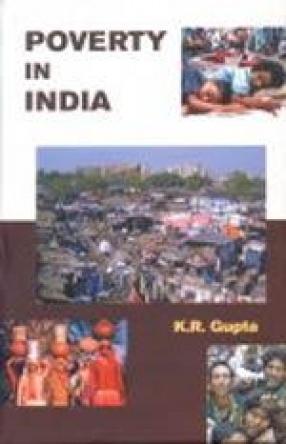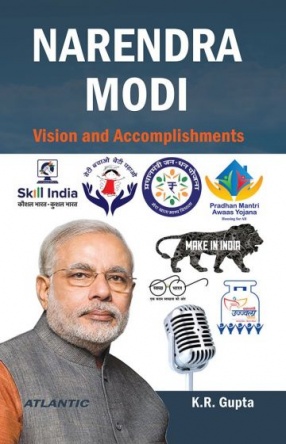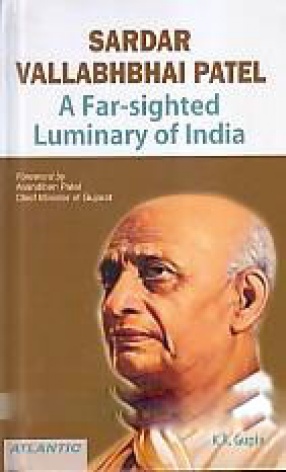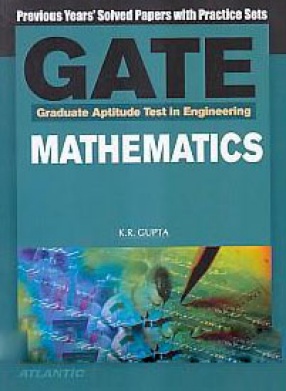The previous century was marked by India’s great transformation from a colonial agrarian economy to a modern, vibrating, knowledge-based economy within the framework of a liberal and secular democracy. A high annual GDP growth rate of over 8 per cent is now being achieved on a consistent basis. The rapid economic growth has, however, brought only a marginal decline in rural and urban poverty as nearly 250 million people, constituting about 25 per cent of the country’s total population, still remain below the poverty line. The data relating to the dimensions of poverty is startling–a whopping 350 million people are illiterate, 150 million have no access to safe drinking water, 750 million lack clean sanitation facilities and are prone to diseases resulting there from, and 50 per cent of the children eat below acceptable nutritional levels. Average life expectancy at birth has no doubt risen to 63 years, but Infant Mortality Rate (IMR) and Maternal Mortality Rate (MMR) are still at unacceptably high levels–57 per 1000, and 3 per 1000 live births respectively. In terms of Human Development Index (HDI), India is ranked 126 among the 177 listed countries. Even the mentioned statistics do not fully capture the sheer destitution and misery our marginalized sections of population are subjected to. The poverty that they endure robs them of their human dignity and makes a mockery of our claims to social justice and equity. Growth, when unevenly spread, dwarfs overall prosperity. Hence, bridging the income divide is the biggest challenge for India. The government on its part has launched several poverty alleviation programmes but they have not brought the desired result. The approach paper to the Eleventh Five-Year Plan has laid emphasis on strategies that accelerate growth and make it broad based. The present anthology is comprised of well-researched articles by erudite scholars who have deeply analyzed the problem of persisting poverty in India. Various factors responsible for such a situation have been studied and ways and means suggested to considerably reduce if not eradicate poverty. The book will serve as a valuable reference source for students and teachers of economics and researchers on this subject. It will also be useful for the policymakers, planners, parliamentarians, government agencies and NGOs. Common readers concerned with the overall development of the nation will find it highly informative.
Poverty in India
by K R Gupta
$33.30
$37.00
In stock
Free & Quick Delivery Worldwide
All orders amounting to US$ 50 or more qualify for Free Delivery Worldwide. For orders less than US$ 50, we offer Standard Delivery at $14 per book.
ABOUT THE AUTHOR K R Gupta
Dr. K.R. Gupta is a well-known expert in the field of International Affairs. He has published over two dozen books and more than hundred papers in leading journals published in India and abroad. His latest publications include India-Pakistan Relations with special Reference to Kashmir, 3 Vols., Rural Development in India, 3 Vols., International Terrorism: World Viewpoints: Conventions, Resolutions, Legislations, Terrorist Organisations and Terrorists, 2 Vol., International Terrorism: Response of India, Pakistan and the United States, World Viewpoints on National Missile Defence, 2 Vols., Selected Documents on Nuclear Disarmament, 4 Vols., Comprehensive Nuclear-Test-Ban Treaty (CTBT), Issues in Indian Economy, 4 Vols., Liberalisation and Globalisation of Indian Economy, 5 Vols., A Study of World Trade Organisation, GATT Accord and India: A Critical Analysis of Results of the Uruguay Round of Multilateral Trade Negotiations and Their Implications for India, GATT Accord: Results of the Uruguay Round of Multilateral Trade Negotiations, GATT and Underdeveloped Countries: A Study of the General Agreement on Tariffs and Trade and International Economics.
reviews
0 in total
Review by Anonymous
Be the first to review “Poverty in India” Cancel reply
You must be logged in to post a review.
Bibliographic information
Title
Poverty in India
Author
Edition
1st ed.
Publisher
ISBN
8126909001
Length
viii+208p., Tables
Subjects








There are no reviews yet.